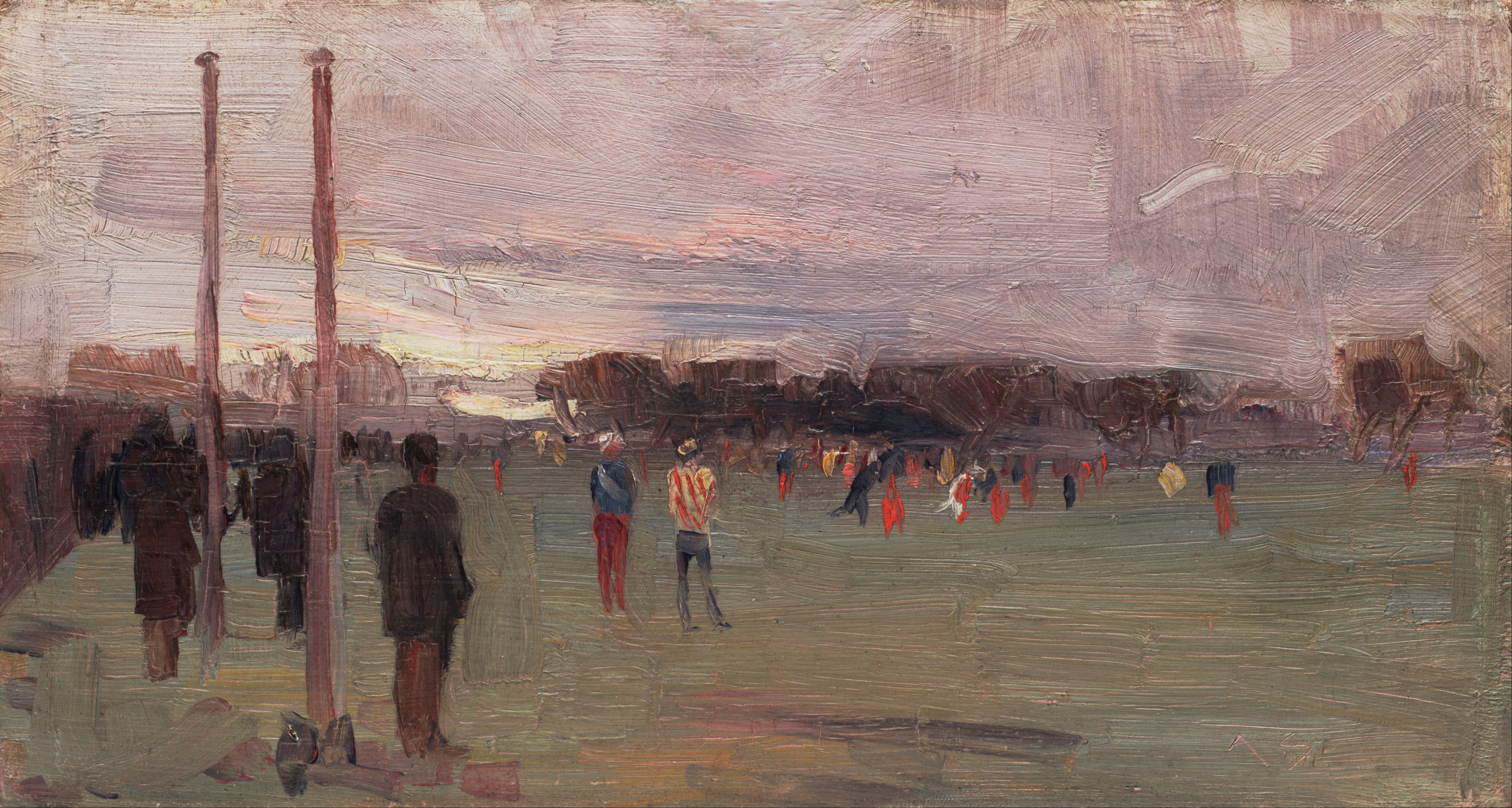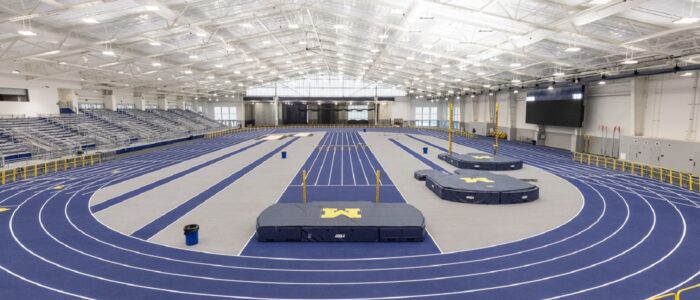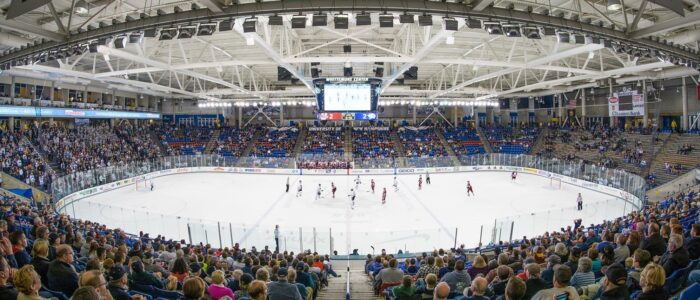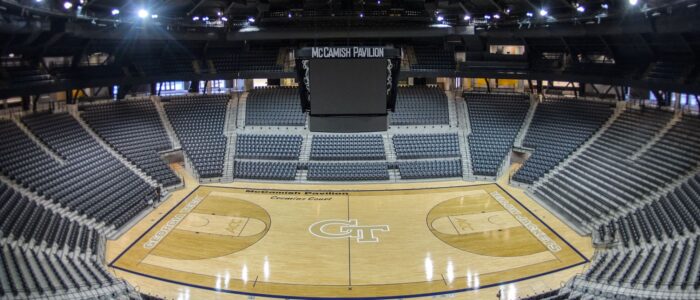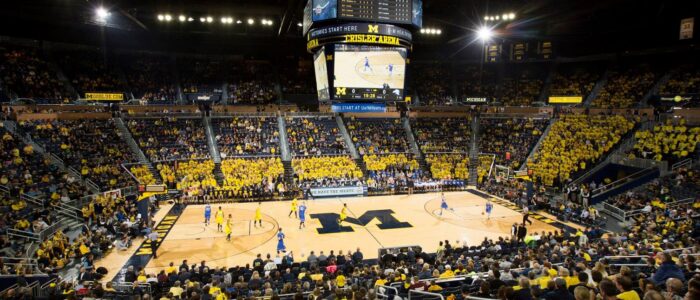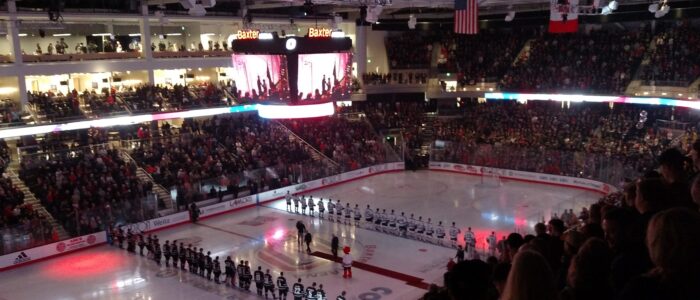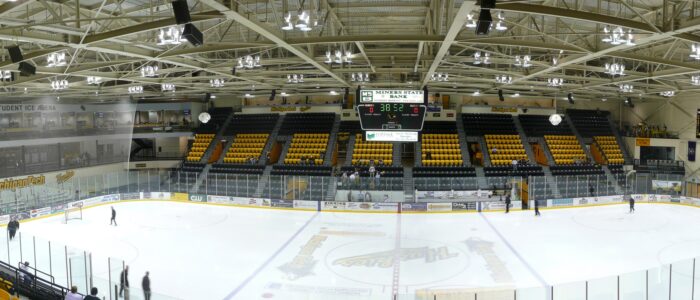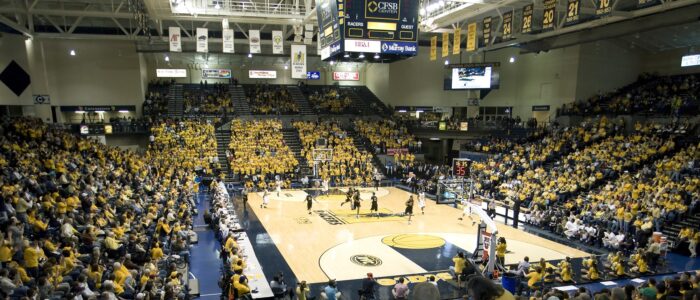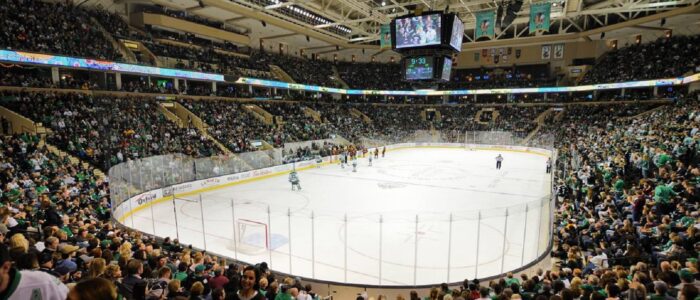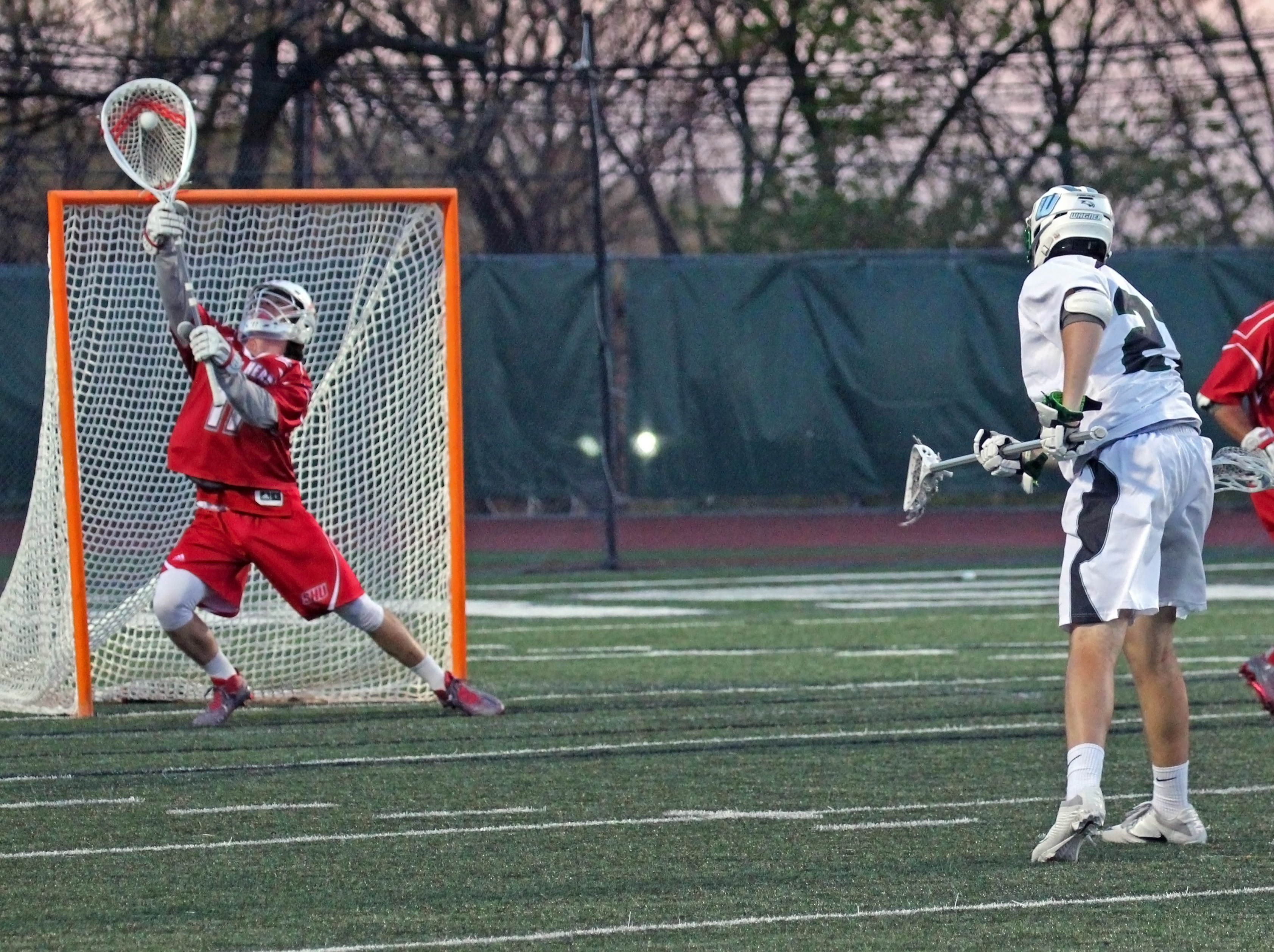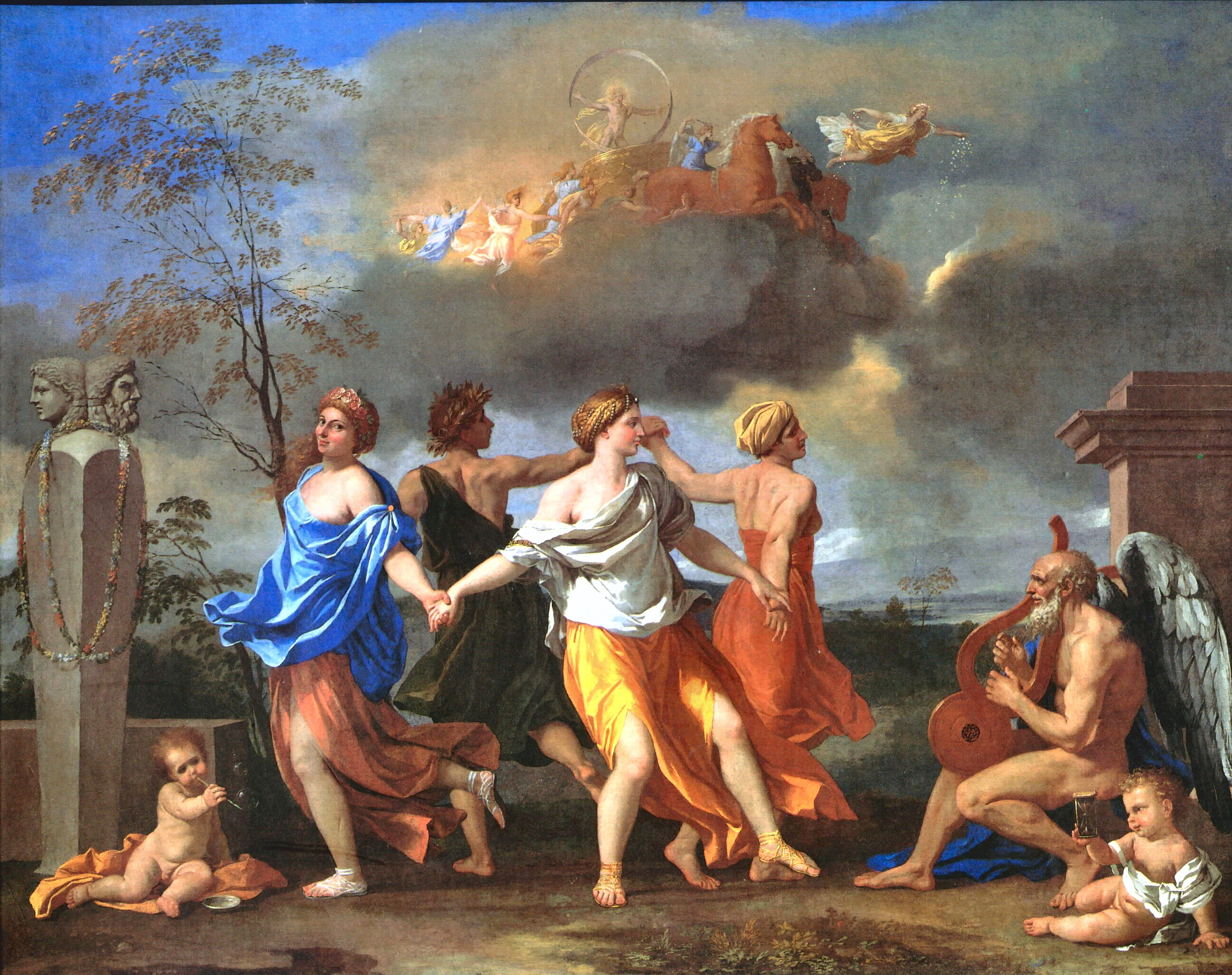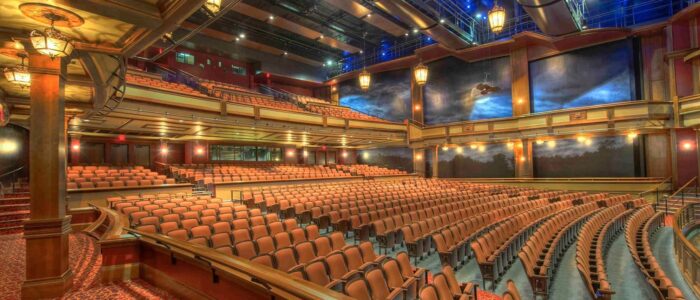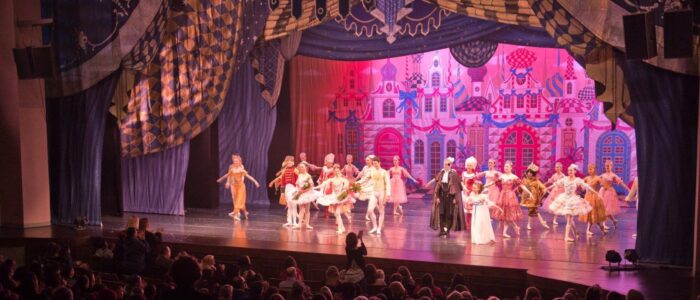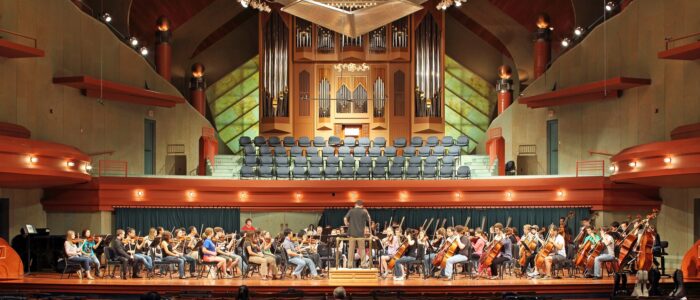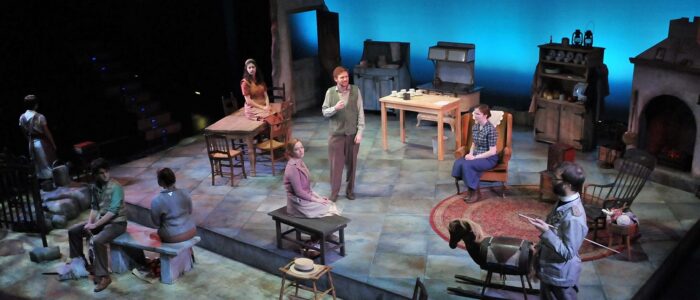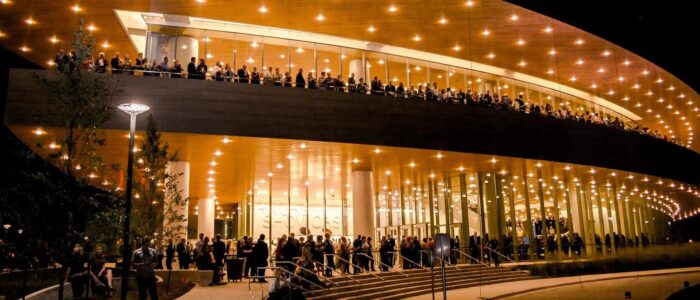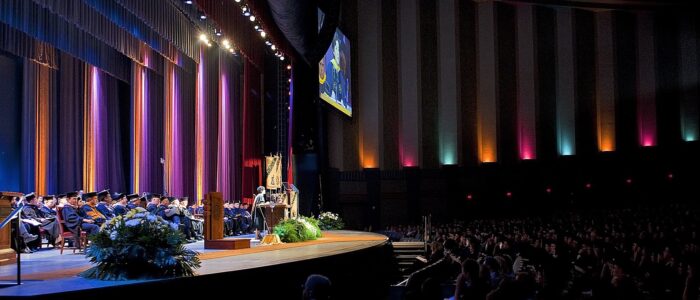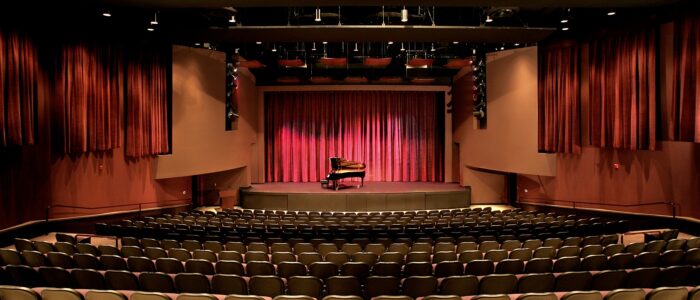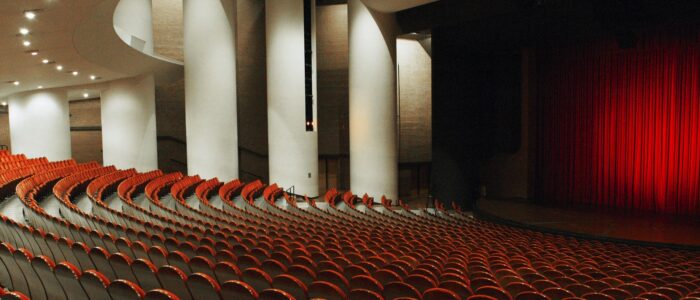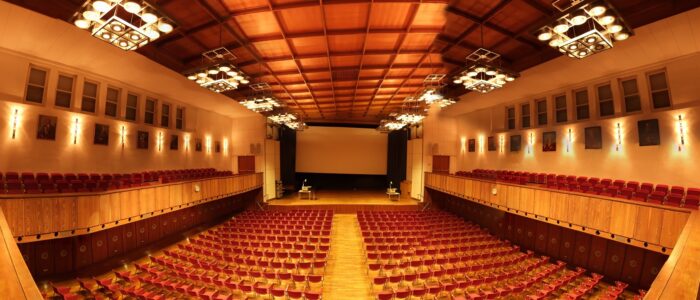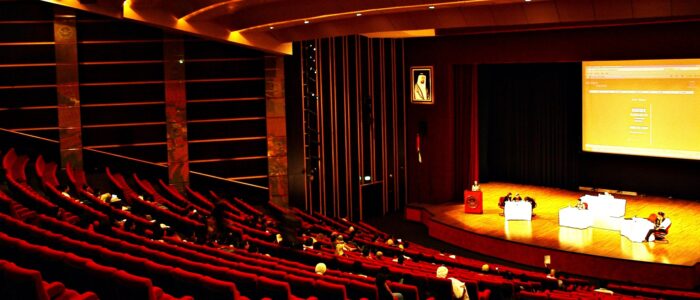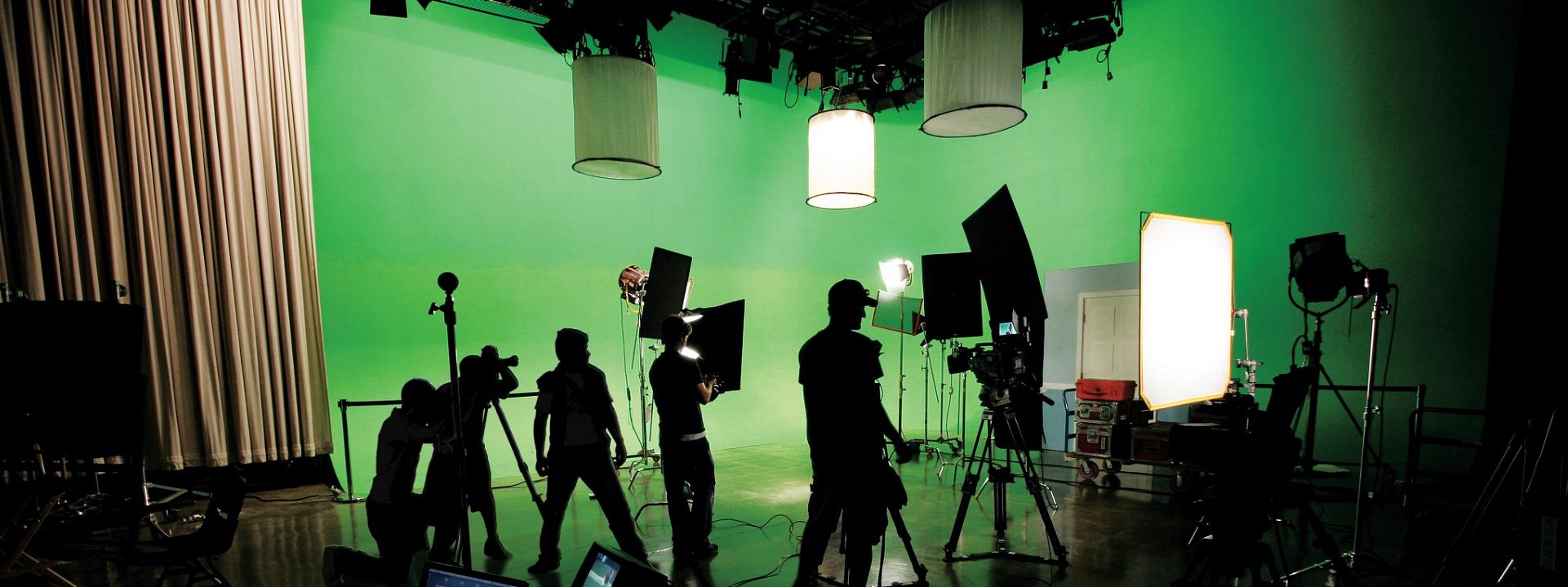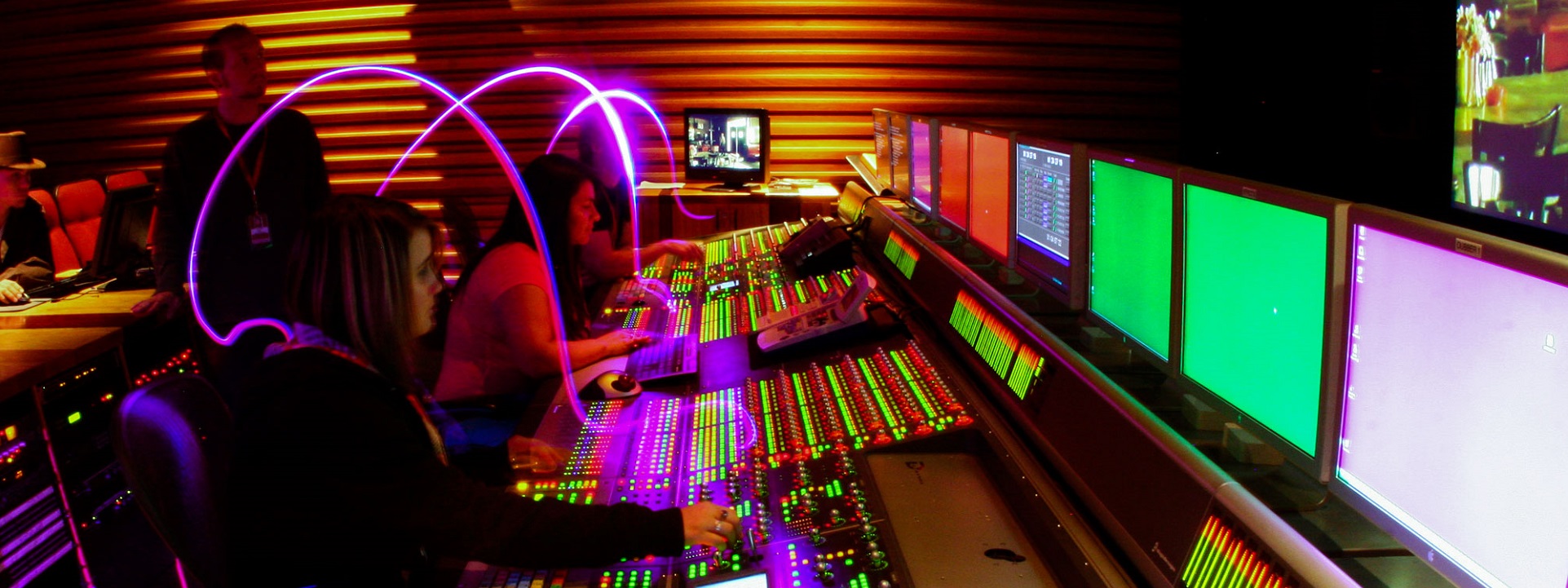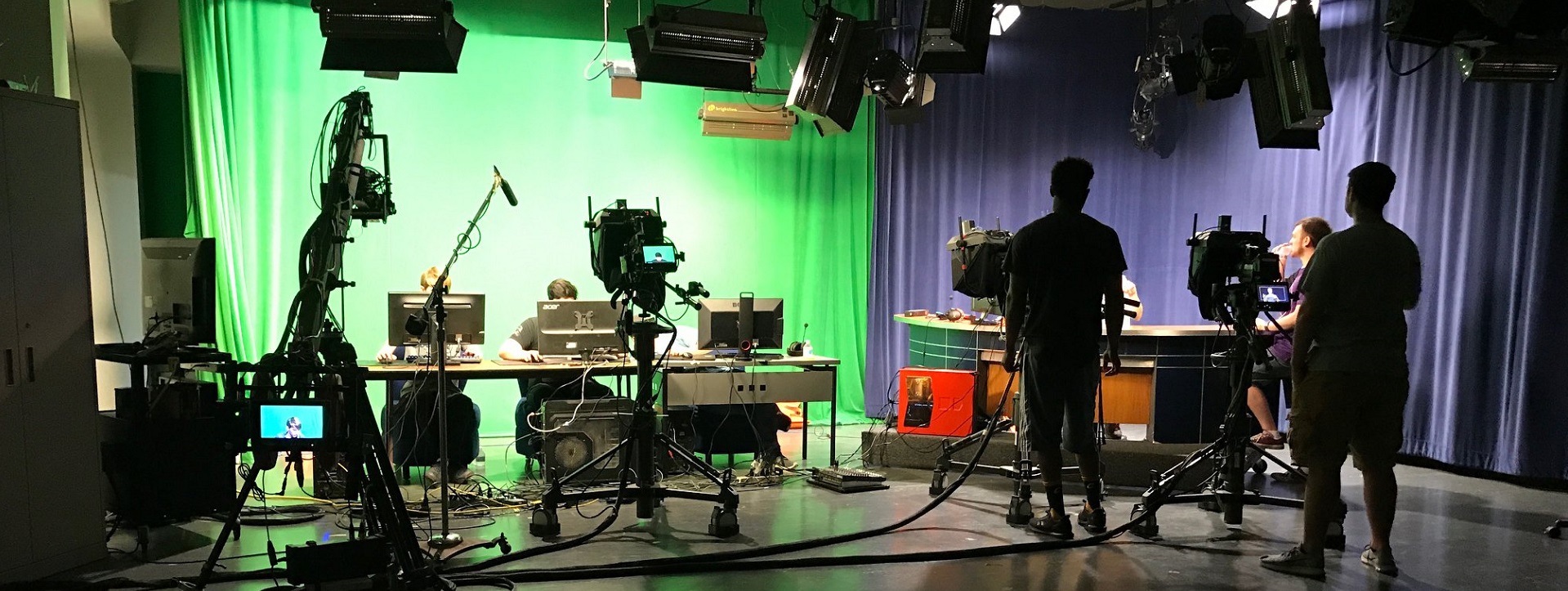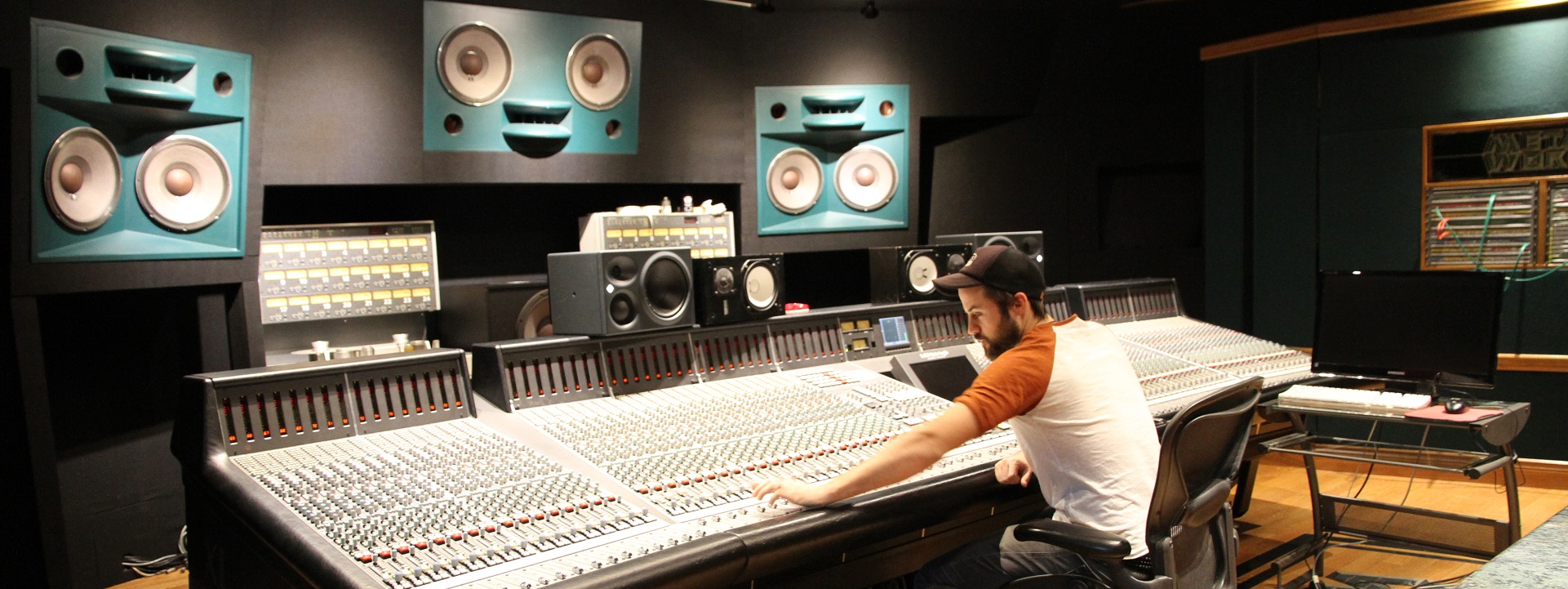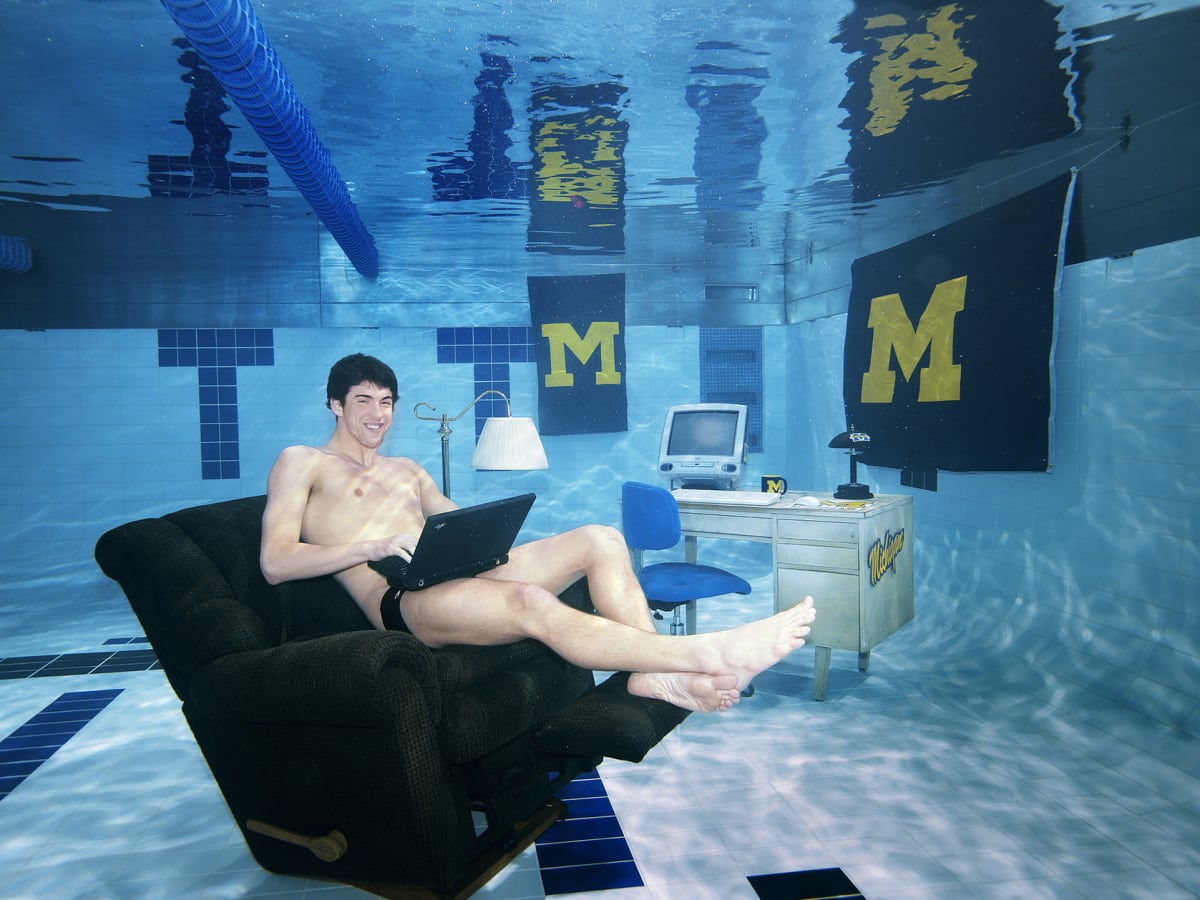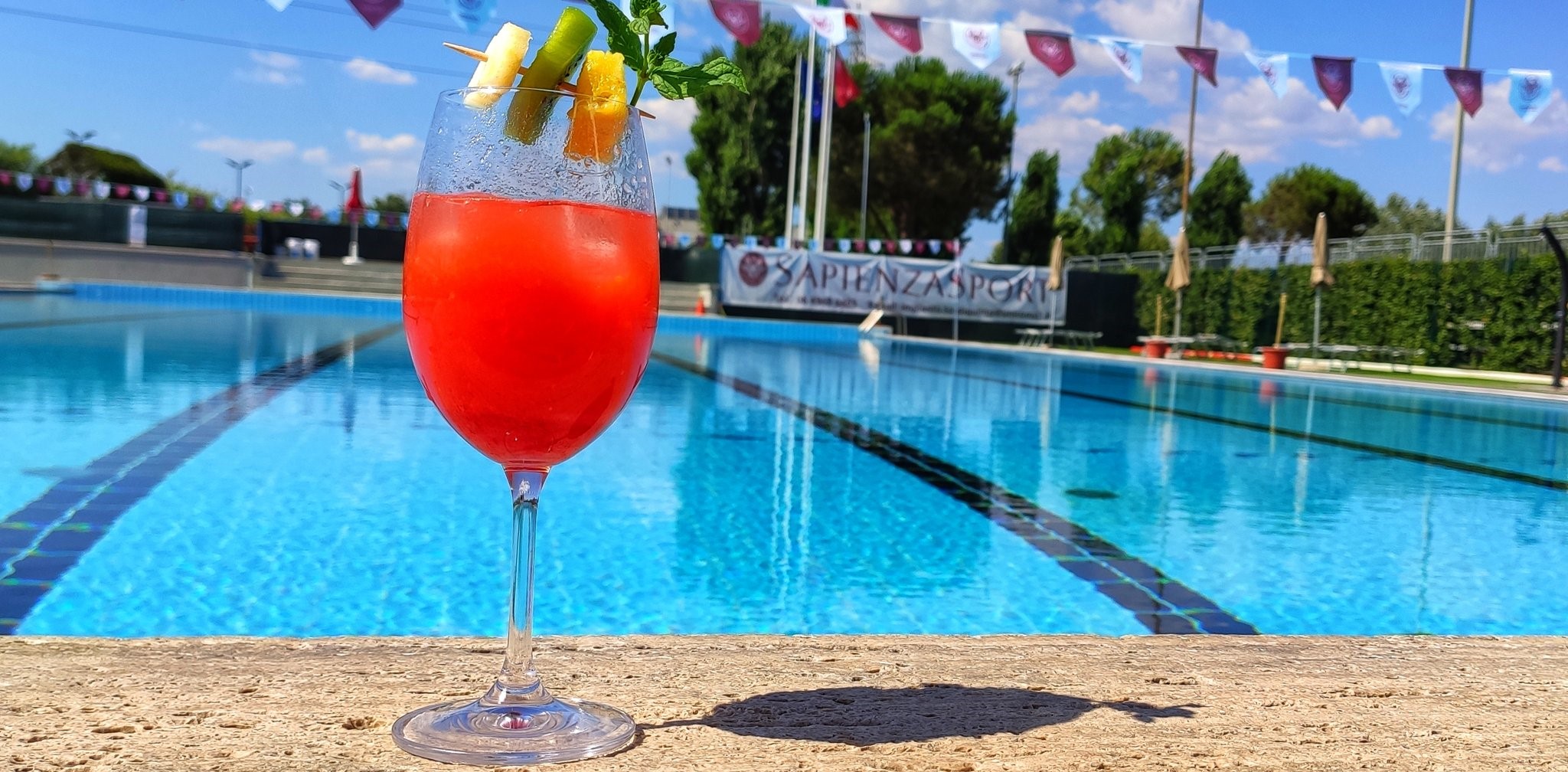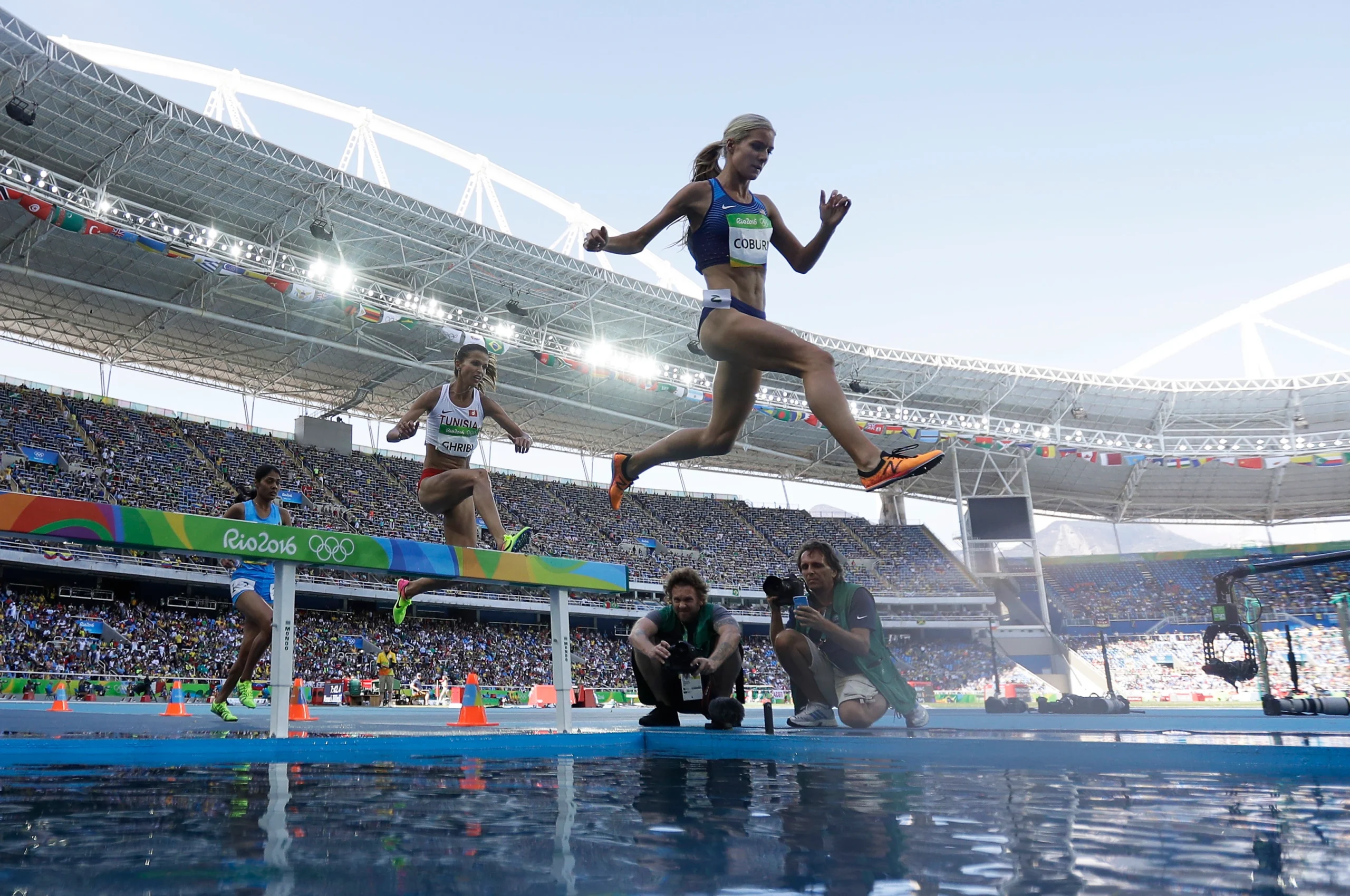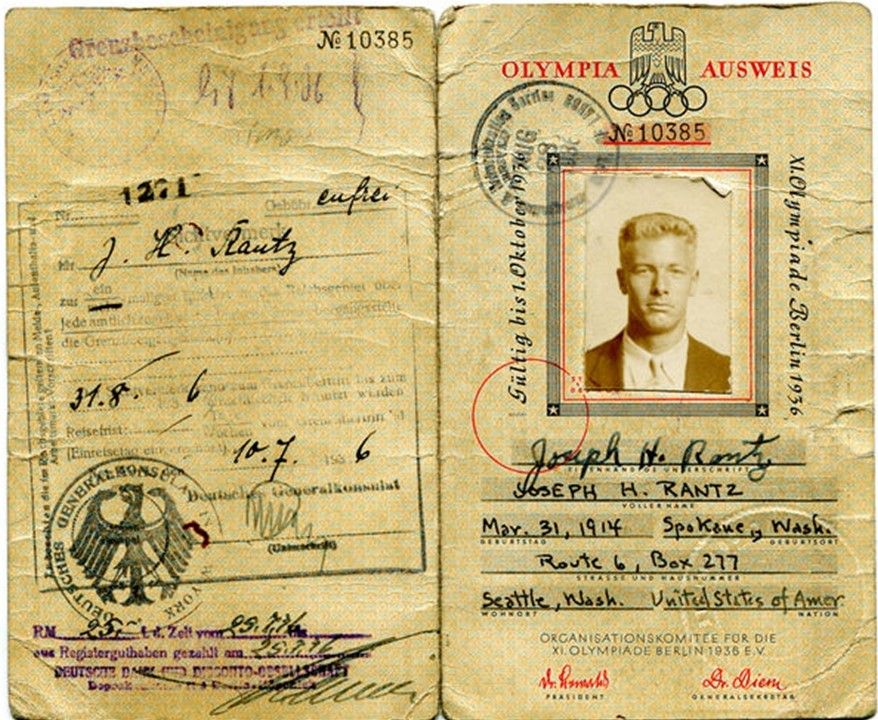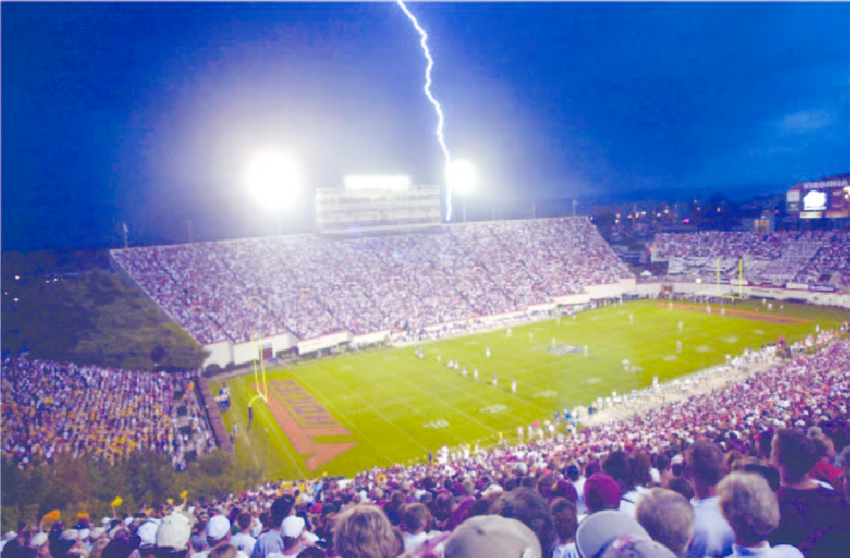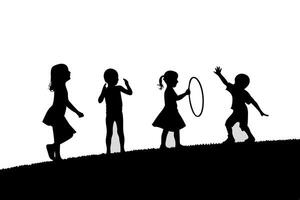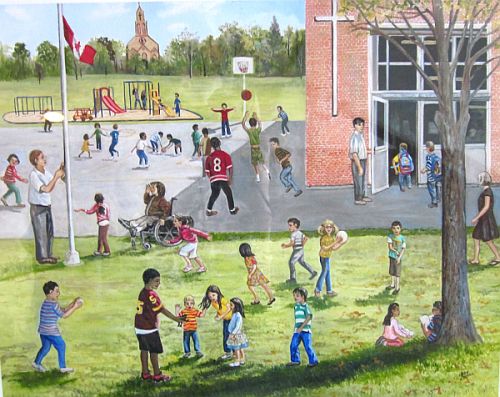Recreational sports, athletic competition, and the facilities that support it, are one of the most visible activities in any school, college or university. They have requirements for safety and sustainability at the same scale as the academic and healthcare enterprises. According to IBISWorld Market Research, Sports Stadium Construction was a $6.1 billion market in 2014, Athletic & Sporting Goods Manufacturing was a $9.2 billion market in 2015, with participation in sports increasing 19.3 percent by 2019 — much of that originating in school, college and university sports and recreation programs.
Accordingly, we have been following movement in the standards suites developed by the National Collegiate Athletic Association, the American Society of Testing Materials, and the National Operating Committee on Standards for Athletic Equipment (NOCSAE) We also follow developments in the International Standards Organization’s ISO/TC 83: Sports and other recreational facilities and equipment; a standard suite with the German Deutsches Institut für Normung (DIN) as the global Secretariat and the American National Standards Institute as the US Technical Advisory Group.
NOCSAE, the National Operating Committee on Standards for Athletic Equipment, is an independent and nonprofit standards development body with the mission to enhance athletic safety through scientific research and the creation of performance standards for athletic equipment. From its mission statement:
NOCSAE is comprised of a board of directors representing stakeholders from a number of groups – including consumer and end users, equipment manufacturers and reconditioners, athletic trainers, coaches, equipment managers, and academic and sports medicine associations. These diverse interests have joined forces in an attempt to arrive at a common goal of reducing sports-related injuries.
The NOCSAE suite of standards follows American due process requirements set by ANSI. Its standards development landing page is linked below where you will find instructions about how to comment on all NOCSAE titles at any time:
At the moment, our advocacy resources give priority to athletic facilities (and their integration into #SmartCampus safety and sustainability systems) over athletic products. There is sometimes interaction between the two — artificial turf and protective equipment standards need to support one another; for example. However, our priority lies in persuading the leadership of the education industry get the user-interest (i.e. athletic facility managers) to participate in ANSI standards development processes.
The NOCSAE suite, and all other athletic and recreational product, facility and management standards is on the standing agenda of our periodic Sport colloquia. See our CALENDAR for the next teleconference; open to everyone.
Issue [15-169]
Contact: Mike Anthony, Jack Janveja
Category: Athletics and Recreation
#StandardsMassachusetts



